The world has been captivated by “POP/STARS,” a K-Pop-infused anthem created by Riot Games for its new virtual K-pop group K/DA, since its debut on Nov. 3.
The song has reached over 92 million views on YouTube in under a month since its release, and it even topped Billboard’s World Digital Song Sales chart on Nov. 14. The song and its virtual performers, who are champions from League of Legends, have reached viral levels of popularity spanning beyond the game’s already impressive player count. The creative minds behind the song told Dot Esports that they never imagined K/DA would catch on so quickly, however.
We spoke to head of the Riot Music Group Toa Dunn, Riot creative lead Viranda Tantula, and “POP/STARS” composer Sebastien Najand to learn more about the creation of the song, the possibility of augmented reality concerts, and its wild popularity.
Most of “POP/STARS” is performed in English. How did Riot decide how much K-Pop should be infused into the song?
Tantula: That’s a really great observation, we’re glad you caught that. [Najand] can dive into the songwriting specifics here, but in our ideation phase we listened to not only a ton of K-pop but also a ton of global pop music from the past couple decades. Ultimately we found that whether it was K-pop or more traditional pop music, that it was all rooted in a relatively similar song structure, strong topline melody, and a fun hook. Authenticity is super important to us, and we thought we might be able to bring a unique hybrid spin to things as American music developers that had a genuine love and fandom for Korean music. Given that English was our native language, we decided to start from there.
Najand: Yes! We actually made an initial demo fully in English, and eventually another that had a lot more Korean in it that we ended up using, but we tried out various combinations. We wanted to make it a blend of western pop and K-Pop, and not the typical K-Pop format where it’s mostly Korean with some English sprinkled in. The English demo of the chorus was so strong that it wouldn’t have made sense to change it. Another factor was the language that each singer could sing. Having more Korean could have made it a lot more difficult to have the balance of singers that we eventually landed on. Even though there’s technically a greater amount of English in the song, a good chunk of the non-repeated sections are in Korean, which makes them stand out a bit more I think.
What made Riot decide on Soyeon and Miyeon from (G)I-dle as the K-Pop stars in the song?
N: When we approached Cube and looked into (G)I-dle, Soyeon was the perfect choice for the rap sections. The rest of the (G)I-dle members are all great singers with their own unique voices, and we spent some time picking the one that felt best for what was happening both musically and character fantasy-wise. And ultimately Miyeon fit that part fantastically well.
T: Cube was actually the first K-Pop collective we met with, and low-key we were all big fans of (G)I-dle’s “Latata,” and Soyeon’s “Jelly.”
Did you or Riot have any inkling that the song or K/DA in general would gather such intense popularity so quickly?
N: We were really liking the song throughout the various steps of making it, which is usually a sign that it probably wouldn’t do badly. However, you can never really know how a song will do until it goes out. We thought that it would be liked in general but to see it blow up like it did wasn’t really predictable.
T: Seb’s right. The song and K/DA blowing up like this was definitely not something we could have predicted. We did have a pretty good feeling given some of the internal reaction to the demo, but there’s absolutely no way we could have predicted the wild reaction to the song that both League fans, and particularly music fans outside of our world, seem to be having. We’re immensely humbled, and it’s been so rad to see all the amazing covers, fan art, and dance videos that are being created by the community.
Dunn: We always felt the song was great from the beginning. But I don’t think we could have ever imagined how well it would be received. Our goal was not to create a top charting song, as we were focused on creating a song that we felt was great for K/DA. Our team poured their hearts into producing a song that we all could be proud of and would want to listen to over and over again. It’s truly amazing to see that other people are enjoying the song as much as we are.
Why do you think “POP/STARS” gained so much fan favor compared to other Riot music projects?
N: It’s hard for me to see it from the outside world’s perspective after being inside the development process, but I’d say that the whole package offers the right combination of multiple elements. It’s fun, badass, hard-hitting, doesn’t take itself too seriously, but isn’t silly. And it provides a full blend of music, visuals, dance, cool skins, etc.
T: I’d like to think it’s part intention and planning, and part lightning-in-a-bottle. A ton of teams, game dev, publishing, esports, and creative development to name just a few, were super passionate about this concept. And we all came together with one goal in mind: To create a dope League moment for players and fans. I think it was all of these teams’ various contributions coming together and striking as one that really made this super exciting, be it the song itself, the awesome skin designs, the live performance debut, or the super visually unique animated music video. As for the lightning-in-a-bottle factor, I think we’re also in a moment in musical history where regional music borders are slowly being torn down in an awesome way, and global music fans are really starting to open up to new genres, including, in this case, K-Pop.
D: I think it’s a combination of a few things. K/DA was a large project that encompassed multiple parts, including a pop song, a music video, an AR live performance at Worlds, and amazing game content. We’ve never done anything this large and cohesive before. I also think that “POP/STARS” is something new and fresh. What truly excited me about K/DA was that players were not expecting this, and we were pushing the bar of what is currently out there. It was super ambitious from the beginning, but I think the risk was well worth it.
What IRL K-Pop groups most influenced K/DA?
N: Some of the music by Cube Entertainment was a good inspiration for us actually, especially one of their legacy acts, 4Minute. We gravitated toward more of the hard-hitting songs as opposed to ballads or songs that were too nice or bubbly. Something that we also wanted to include was a busier instrumental and to depart a bit from the more minimalist sound of western pop. Some K-Pop also makes good use of major harmonies in their songs, not shying away from quirky elements. Although this can often create more bubbly music, by keeping the beat hard-hitting we were able to get a nice mix of the two.
Why choose to have the augmented reality K/DA members on-stage at Worlds with the actual performers, instead of just the K/DA members?
T: This might be unexpected coming from a developer of a game made up of virtual fantasy-based champions, but we believe it’s the balance of the human and virtual elements in the real world performance setting that makes for the most visceral experience for the audience member. Let me try and make a parallel here using League. The game itself allows you to experience larger-than-life virtual fantasies—glorious battles, magic, and super strength. But with that said, one of the most fun things about League is actually the human element, whether that’s playing with your friends, or watching an esports pro try a crazy maverick move to turn the tide of a game. Similarly, while we can experience things via a virtual performer that a human performer could never do, like Ahri flying onto the stage, there’s a certain raw human element we can’t yet capture in a virtual performer, such as an amazing vocal ad-lib or a live expression between a performer and an audience member on the camera. AR and holograms are understandably big buzz words right now in the live music world, but we don’t think we should lose sight of the human element just yet.
Do you think K/DA has what it takes to go on tour with augmented reality or holographic concerts?
T: Live music, and pushing the boundaries of live performance production is definitely something we’re super passionate about at Riot. We’ve been super lucky to bring the music of all three of our virtual artists—Pentakill, DJ Sona, and now K/DA—to life using a variety of different tools. Immersive virtual experiences can be brought to life in many ways, but as mentioned before, we think that balance of virtual characters and human performers is super important. And there are ways to do this beyond AR and holograms. For example, with Pentakill, we combined on-screen visuals of the characters, with a real life band backed by a full orchestra. As for taking K/DA on tour, that could be super fun. But before we’d even consider that, we’d realistically want to make sure there was enough quality music to support it, and a good reason for us, a games company and esports league, to try that out.
Will Riot bring other in-game K-Pop groups to League, or would it just add more champions to the K/DA lineup?
T: Right now I think we’re all just trying to catch a quick breather after the awesome madness of bringing this all to life the past couple months. With that said, we always have fun brainstorming where these things can go in the future. I mean, back in 2013 when we first started working on the first Pentakill songs—one of our other virtual artists, a metal band—I don’t think any of us could have imagined that we’d have the opportunity to eventually do a follow-up album or add a new member to the group. We’ll see where the future takes us with the pop genre at Riot as well. Maybe we could make Corporate Mundo the head of the Runeterra record label or something.
Who’s your favorite K/DA member and why?
T: Damn, this is like having to pick a favorite kid. Personally, I love K/DA Evelynn. She’s got the attitude, the style, the confidence, but she’s able to back it all up with raw talent and experience. Also, gotta love how awesomely her demon seductress base lore plays so well into the man-eater pop music diva fantasy as well.
N: This isn’t an easy task. My favorite would be K/DA Akali. The attitude she brings to the table works so well for the spirit of the song. The more I think about it, the more I can find qualities in all the members that would make them a favorite, but yeah, Akali.
D: Oh, man. I will admit that I was team Akali from the beginning as she oozes with coolness. I could only dream of being able to lay down some bars like her.



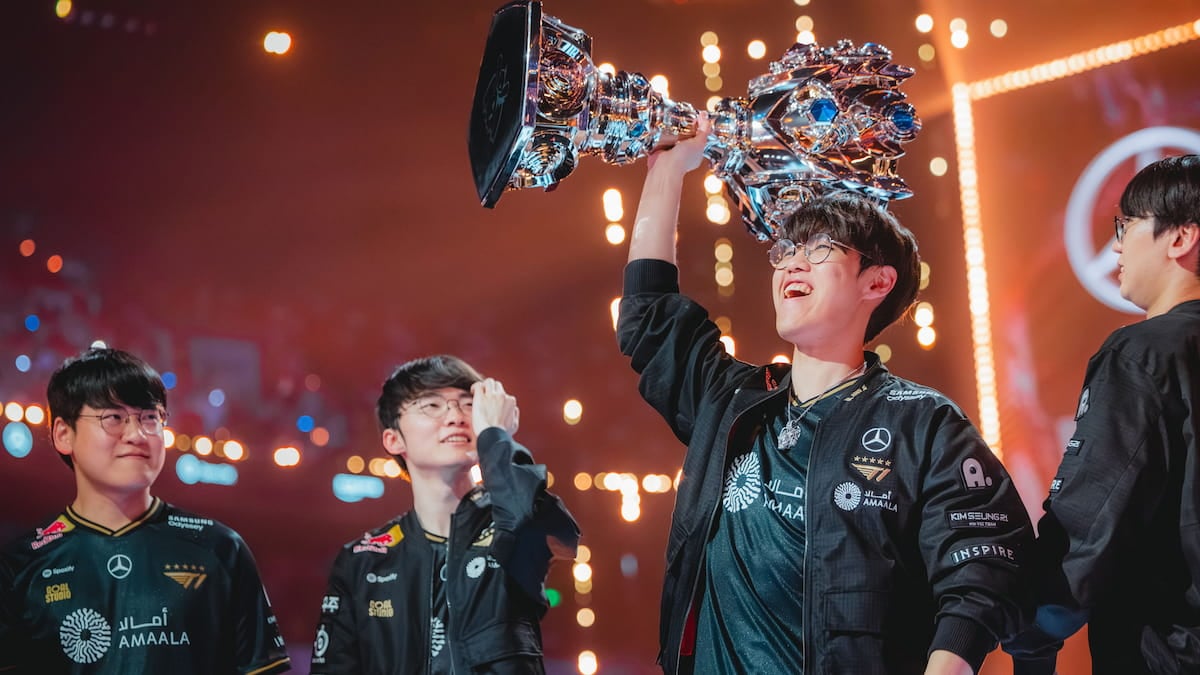
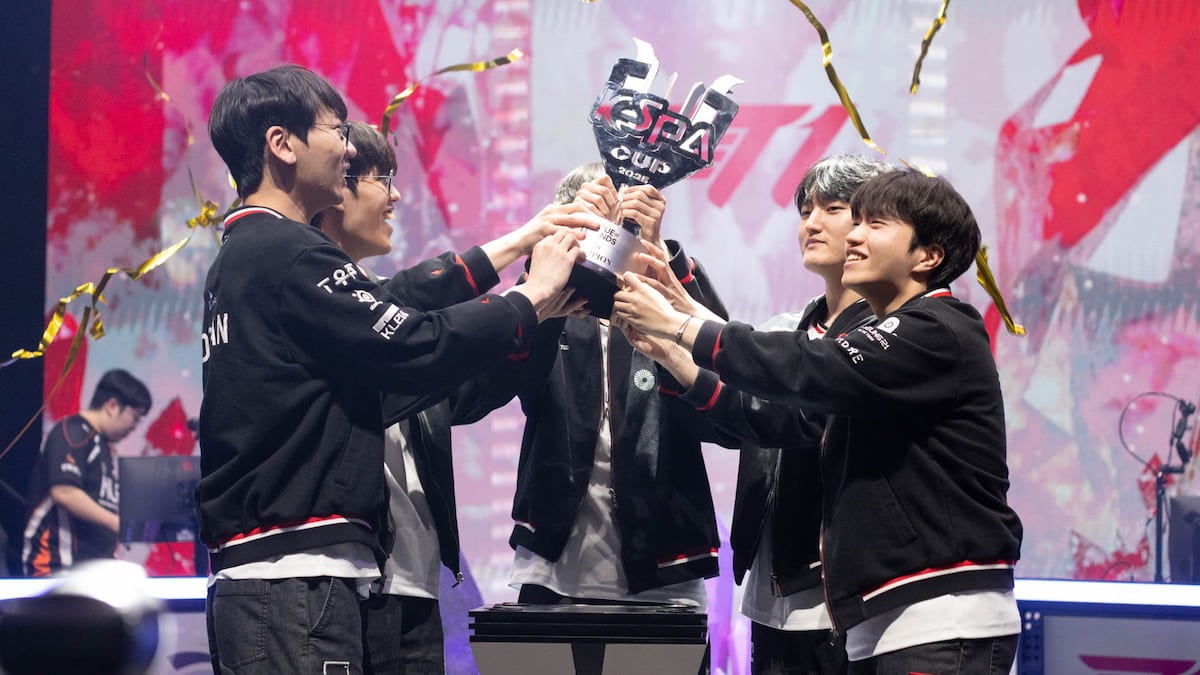
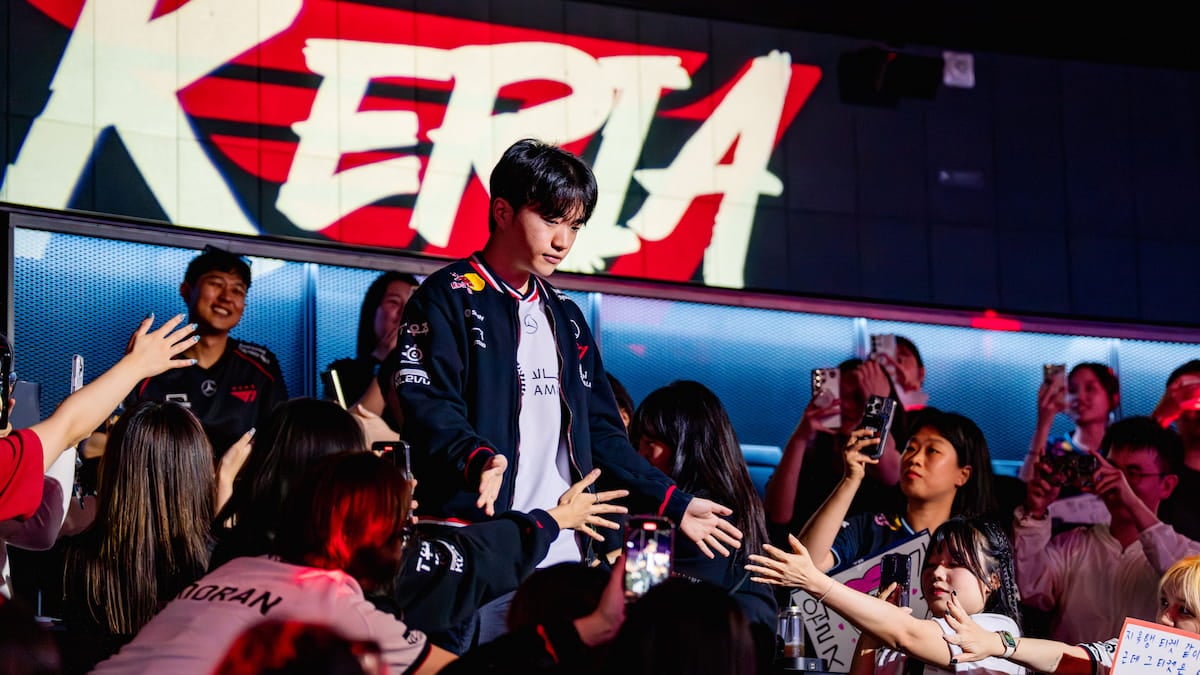

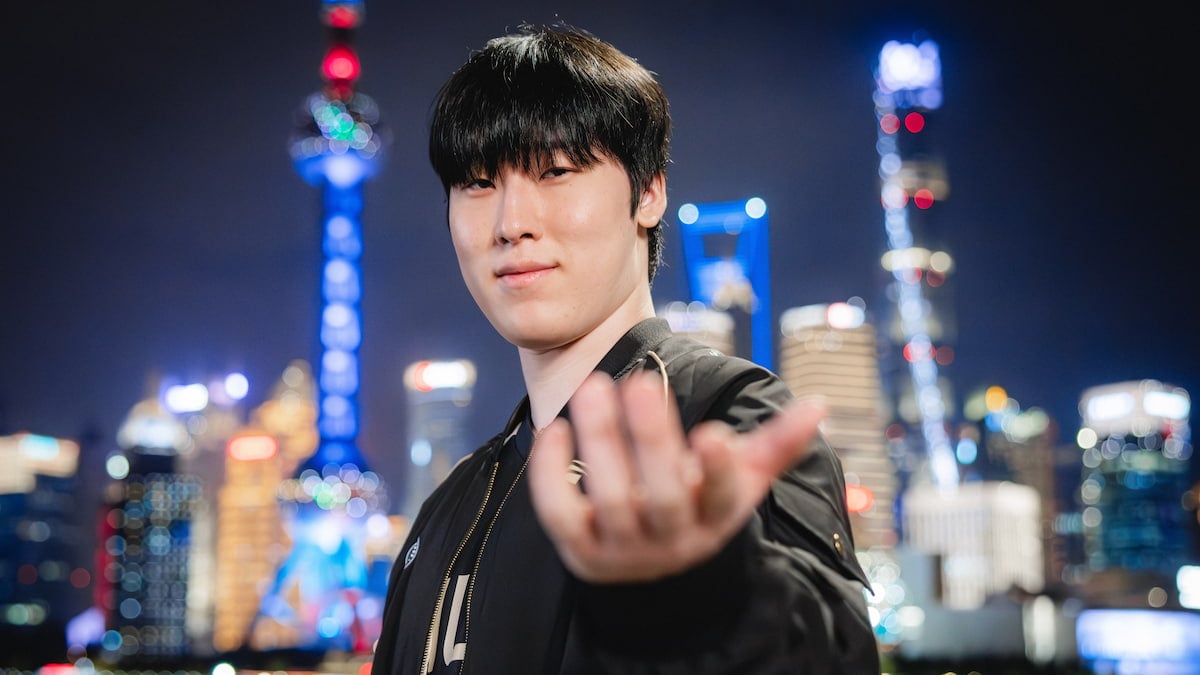

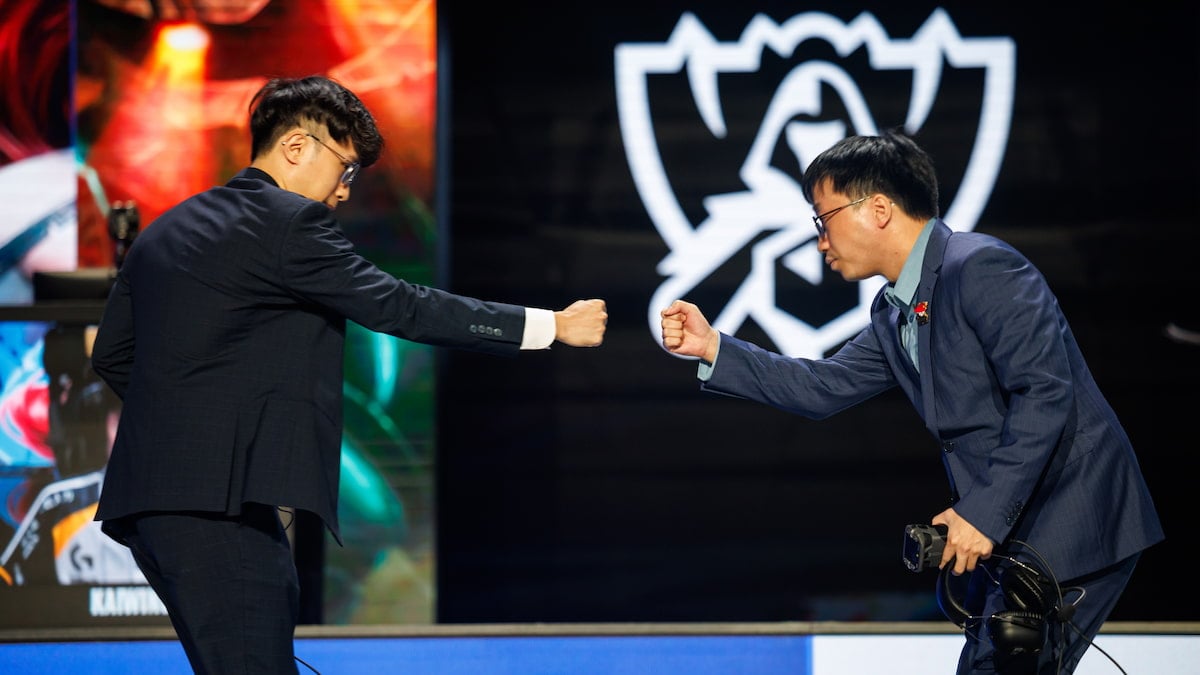

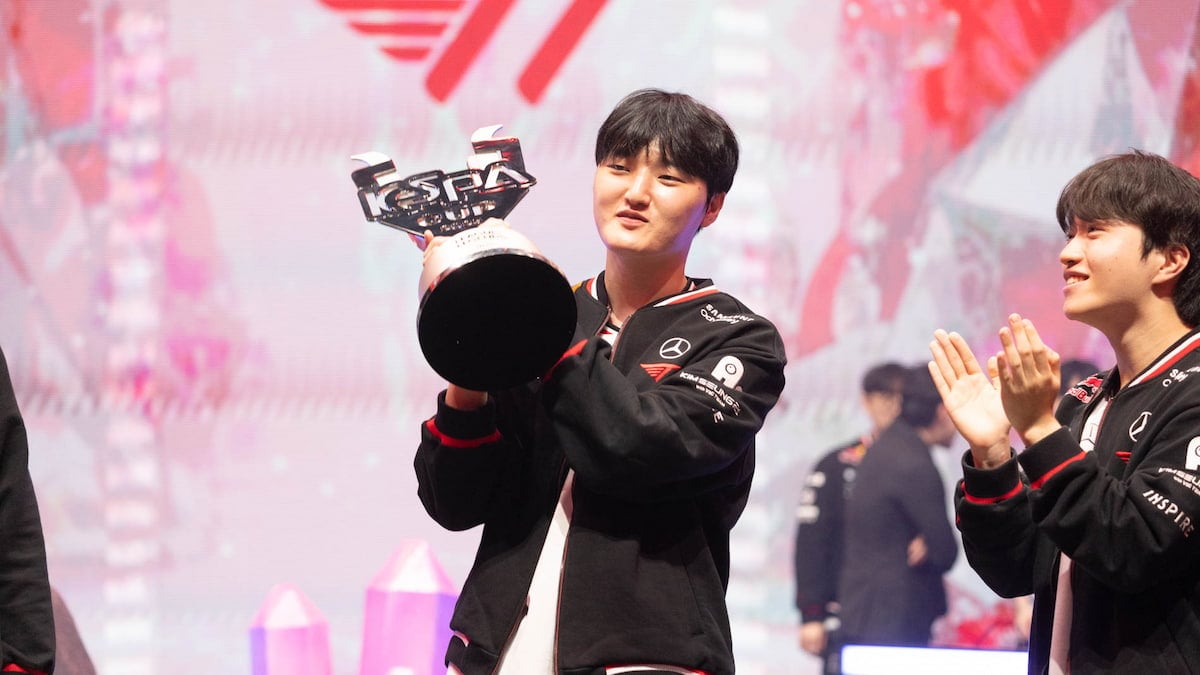
Published: Dec 1, 2018 10:32 am